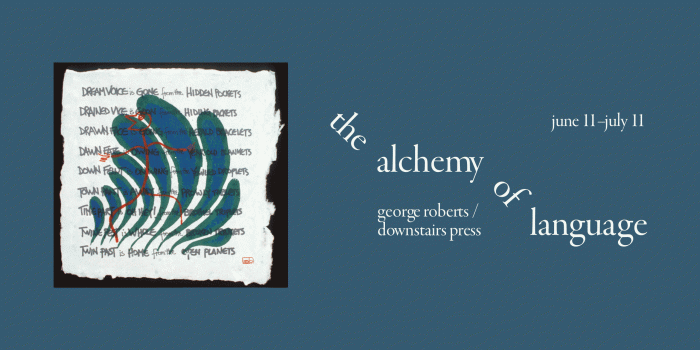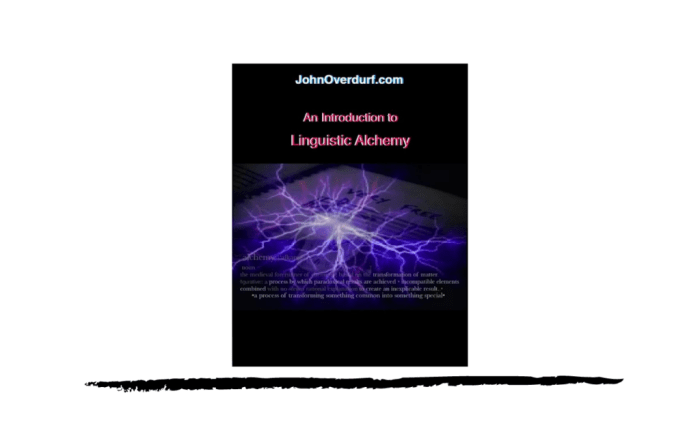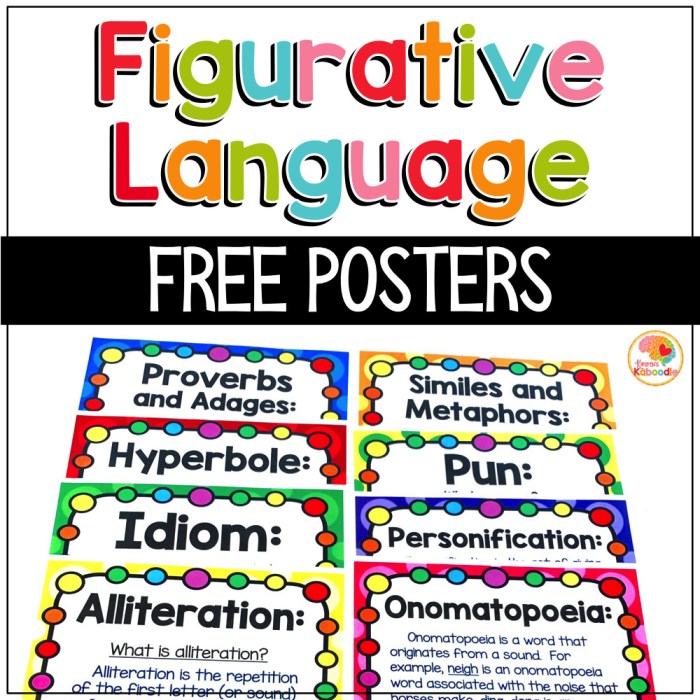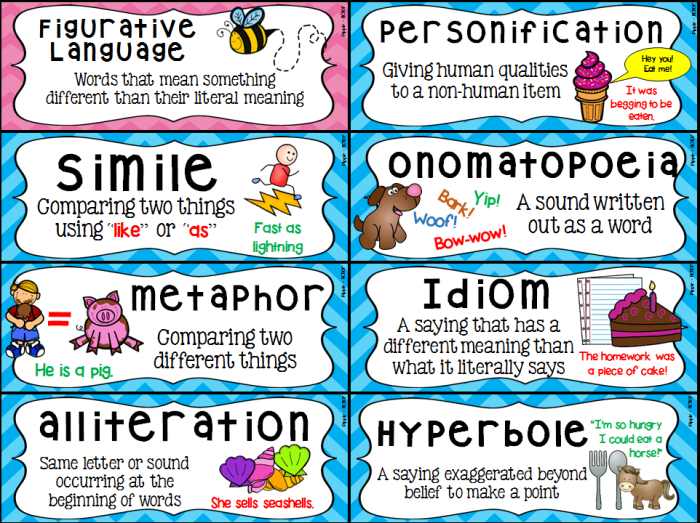Figurative language in the alchemist – Figurative language in “The Alchemist” emerges as a vibrant tapestry, weaving together metaphors, similes, personification, symbolism, imagery, and allegory. Through these literary devices, Paulo Coelho invites readers to transcend the surface of the narrative and delve into a realm of profound insights and universal truths.
Metaphors, with their evocative power, illuminate abstract concepts and unveil hidden connections. Similes, like brushstrokes, paint vivid images that enhance understanding and create a tangible connection to the reader’s senses. Personification breathes life into inanimate objects, allowing them to convey emotions and ideas with a striking immediacy.
Metaphors

Metaphors play a pivotal role in “The Alchemist,” serving as a powerful literary device to convey deeper meanings and explore complex themes. They enable the author to draw vivid comparisons between seemingly disparate elements, enhancing the reader’s understanding and engagement with the narrative.
The Journey as a Metaphor
One of the most significant metaphors in the novel is the journey itself. Santiago’s quest for his Personal Legend is not merely a physical adventure but a metaphorical representation of the universal human journey towards self-discovery and fulfillment. The obstacles he encounters along the way symbolize the challenges and obstacles we all face in our own lives.
The Alchemist as a Metaphor
The Alchemist, the enigmatic figure who guides Santiago on his journey, is also a metaphor for wisdom and spiritual guidance. He represents the inner voice that resides within each of us, urging us to follow our dreams and pursue our passions.
The Desert as a Metaphor
The desert, where much of the novel takes place, serves as a metaphor for the unknown and the challenges that come with it. It represents the vast and unforgiving terrain that we must navigate in order to achieve our goals.
The Oasis as a Metaphor
In contrast to the desert, the oasis is a metaphor for hope and respite. It represents the moments of peace and fulfillment that we find along the way, giving us the strength to continue our journey.
Similes

The Alchemist employs a rich tapestry of similes to enhance imagery, deepen understanding, and create a vivid and immersive reading experience. Similes are figures of speech that compare two unlike things using the words “like” or “as.” By drawing connections between familiar and unfamiliar concepts, similes illuminate abstract ideas and make them more relatable.
Enhancing Imagery and Understanding
Similes play a crucial role in painting vivid pictures in the reader’s mind. For instance, the description of the desert as “a vast ocean of sand” conveys both the expanse and the treacherous nature of the environment. Similarly, comparing Santiago’s determination to “the force of a river” captures the relentless and unstoppable nature of his pursuit of his Personal Legend.
Impact on Reader’s Experience
Similes have a profound impact on the reader’s experience. By establishing unexpected connections, they stimulate the reader’s imagination and foster a deeper engagement with the text. Similes also serve as a bridge between the reader and the characters, allowing readers to empathize with their struggles and aspirations.
Moreover, the use of similes adds a layer of beauty and artistry to the prose, enhancing the overall aesthetic experience of the novel.
Personification

Personification is a figure of speech that gives human qualities to nonhuman things. In “The Alchemist”, personification is used to bring abstract concepts to life and make them more relatable to the reader. For example, the desert is personified as a wise old man who teaches Santiago about the importance of listening to his heart.
The Desert as a Wise Old Man
The desert is one of the most important characters in “The Alchemist”. It is a harsh and unforgiving place, but it is also a place of great beauty and wisdom. Santiago learns many important lessons from the desert, including the importance of perseverance, patience, and faith.
The desert is personified as a wise old man who teaches Santiago these lessons through stories and parables.
One of the most important things that Santiago learns from the desert is the importance of listening to his heart. The desert tells Santiago that “the heart is a traitor” and that it will often lead him astray. However, the desert also tells Santiago that the heart is the only thing that can truly guide him to his destiny.
Santiago eventually learns to trust his heart, and this trust leads him to the treasure that he has been seeking.
The personification of the desert in “The Alchemist” is a powerful example of how this figure of speech can be used to bring abstract concepts to life. The desert is a complex and multifaceted character, and its personification allows the reader to connect with it on a more personal level.
Symbolism

Symbolism plays a vital role in The Alchemist, as it allows the author to convey complex ideas and themes through concrete objects or images. These symbols often carry multiple layers of meaning and enrich the narrative by creating deeper connections and resonances within the story.
The Alchemist
The titular character, the alchemist, embodies the transformative power of knowledge and wisdom. He guides Santiago on his journey, representing the mentor figure who helps the protagonist discover his true potential and purpose.
The Desert
The vast and unforgiving desert symbolizes the challenges and obstacles that Santiago faces on his journey. It represents the unknown, the trials that test his resolve, and the need for perseverance in the face of adversity.
The Pyramids
The pyramids, where Santiago finds his treasure, symbolize the culmination of his journey. They represent the attainment of his goal, the fulfillment of his destiny, and the realization of his true self.
The Wind
The wind is a recurring symbol throughout the novel. It represents the forces of nature, both literal and metaphorical, that shape Santiago’s journey. The wind can be a guiding force, carrying him towards his destination, or it can be an obstacle, challenging his progress.
The Oasis
The oasis provides Santiago with respite and nourishment during his journey. It symbolizes the moments of peace and rejuvenation that are essential for personal growth and self-discovery.
The Language of the World
The language of the world, which Santiago learns to understand, represents the interconnectedness of all things. It symbolizes the ability to perceive the hidden connections and patterns that exist in the world, leading to a deeper understanding of oneself and one’s place in the universe.
Imagery

The Alchemist by Paulo Coelho is renowned for its vivid and evocative imagery that appeals to the senses and enhances the reader’s experience. The author employs a rich tapestry of sensory details to create a tangible and immersive atmosphere, transporting the reader into the heart of the narrative.
Visual Imagery
Coelho paints vivid pictures with words, evoking strong visual impressions. The vast and unforgiving desert landscape, with its shifting sands and shimmering mirages, is described in such detail that the reader can almost feel the heat and taste the grit on their tongue.
The vibrant colors and intricate patterns of the oasis are equally captivating, offering a stark contrast to the barrenness of the desert.
Auditory Imagery
The novel also abounds in auditory imagery, capturing the sounds of the desert and its inhabitants. The howling of the wind, the rustling of leaves, and the tinkling of camel bells create a symphony of natural sounds that envelop the reader.
The silence of the desert night is equally evocative, conveying a sense of awe and mystery.
Tactile Imagery
Coelho’s use of tactile imagery allows the reader to experience the physical sensations of the characters. The rough texture of the desert sand, the cool touch of water, and the warmth of the sun are all described with such precision that the reader can almost feel them.
Olfactory Imagery
The scents of the desert are also vividly evoked. The pungent odor of camel dung, the sweet fragrance of desert flowers, and the salty tang of the sea air transport the reader into the heart of this unique environment.
Gustatory Imagery
Finally, Coelho employs gustatory imagery to appeal to the sense of taste. The sweet taste of dates, the bitter tang of desert herbs, and the thirst-quenching coolness of water are all described in a way that makes the reader’s mouth water.
Through its rich and evocative imagery, The Alchemist creates a multi-sensory experience that immerses the reader in the narrative. The vivid descriptions of the desert landscape, the sounds of the natural world, and the physical sensations of the characters all contribute to the novel’s captivating and unforgettable atmosphere.
Allegory

The Alchemist is an allegorical novel that explores the universal themes of personal growth, the pursuit of dreams, and the interconnectedness of all things. Allegory is a literary device in which a story or narrative is used to convey a hidden or symbolic meaning.
In The Alchemist, the journey of Santiago, the young shepherd boy, can be interpreted on multiple levels.
The Journey as a Metaphor for Personal Growth
On one level, Santiago’s journey represents the journey of personal growth that we all undertake. The obstacles he faces, the lessons he learns, and the people he meets along the way all symbolize the challenges and opportunities we encounter in our own lives.
The alchemist represents the wise guide who helps us to understand our own potential and to find our true purpose.
The Search for Meaning
On another level, The Alchemist is a story about the search for meaning. Santiago’s quest for the treasure at the Pyramids of Giza represents our own search for meaning in life. The treasure is not a material possession, but rather the discovery of our own true selves and our place in the world.
The Importance of Following Our Dreams, Figurative language in the alchemist
The Alchemist also emphasizes the importance of following our dreams. Santiago is willing to leave behind his comfortable life as a shepherd to pursue his dream of finding the treasure. This teaches us that we should not be afraid to take risks and to follow our passions, even if they lead us down unfamiliar paths.
FAQ Explained: Figurative Language In The Alchemist
What is the significance of metaphors in “The Alchemist”?
Metaphors in “The Alchemist” serve to convey deeper meanings, unveil hidden connections, and illuminate abstract concepts, enriching the narrative and inviting readers to engage with the text on a profound level.
How does personification contribute to the novel’s impact?
Personification in “The Alchemist” brings inanimate objects to life, allowing them to express emotions and ideas, which enhances the reader’s emotional connection to the narrative and deepens the impact of the story’s themes.
What is the role of symbolism in “The Alchemist”?
Symbolism in “The Alchemist” enriches the narrative by creating deeper layers of meaning and inviting readers to interpret the story on multiple levels. Symbols represent abstract ideas and concepts, adding complexity and depth to the exploration of human nature and the pursuit of dreams.
